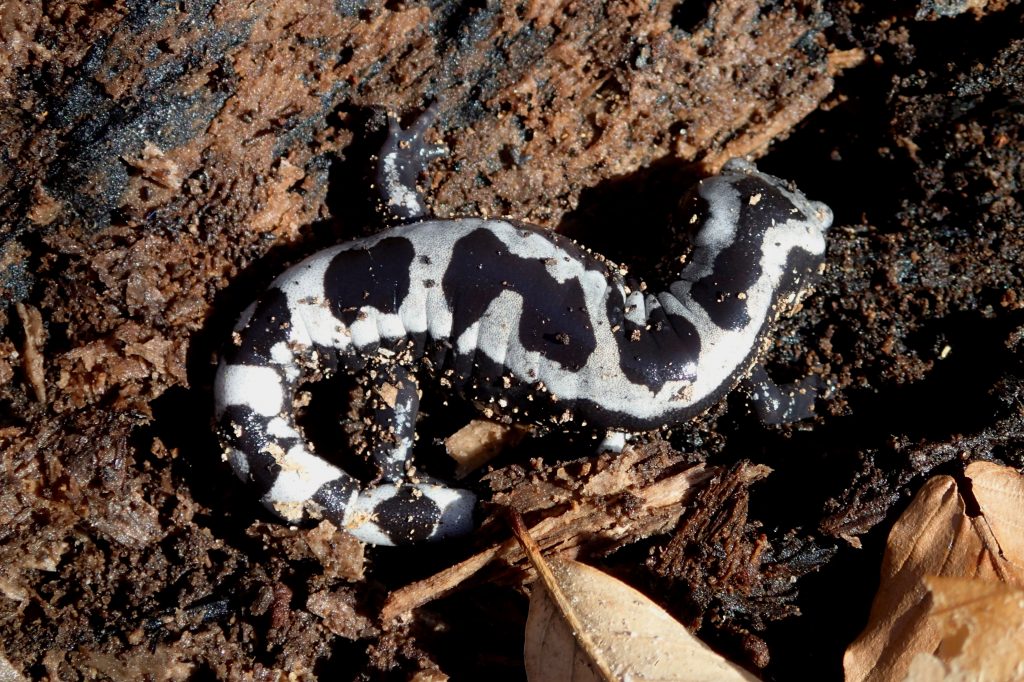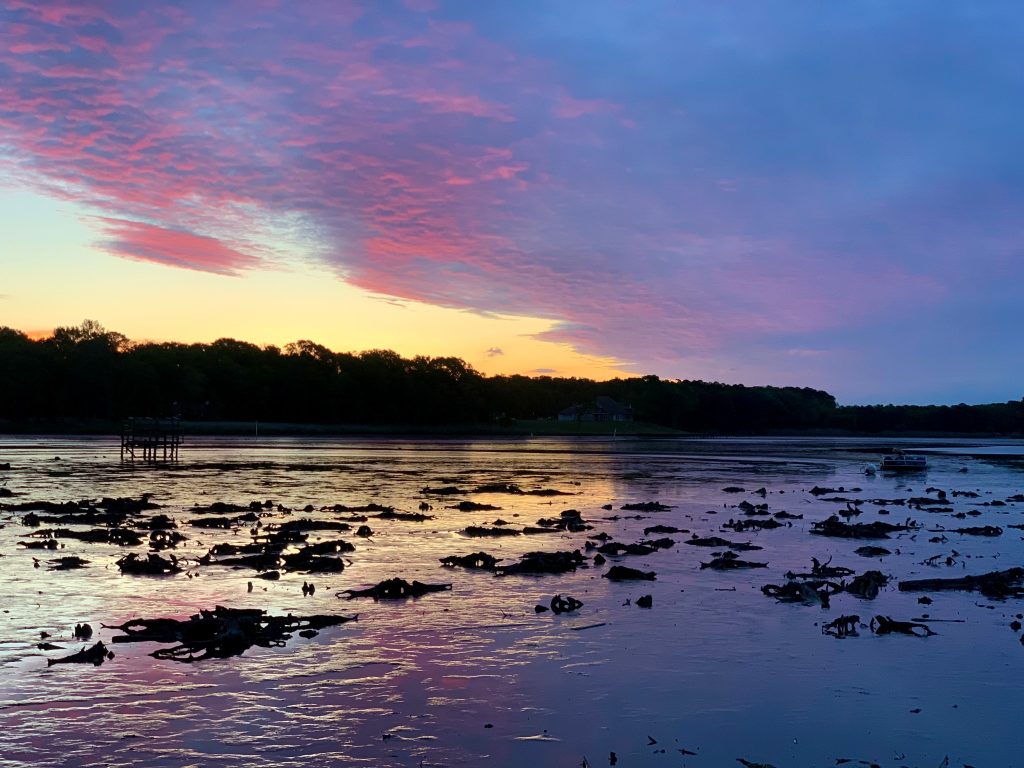
Facebook Twitter Instagram YouTube
Written on: December 8th, 2021 in Education and Outreach
By Olivia McDonald, DNREC’s Wetland Monitoring and Assessment Program
Get ready to get down and dirty as we wade into Delaware’s wetland habitats for an interview.
No better way to get to know wetlands than by chatting with one. Today we’re interviewing Delaware’s wetlands. Thanks for taking the time to join us today for a chat!
Of course, I love any opportunity to get the word out there about who I am.
Let’s start in the past. Could you tell us a little about your history? Like how you got to where you are today?
Well, the best way to put it is that it all started a very long time ago. Although some wetlands can form very quickly, many actually take thousands of years to develop. In the case of myself, as tidal and non-tidal habitat, it has been most common through the years for me to form when coastal lowlands flood, when rivers deposit sediment as they reach the ocean, through periodic flooding or high water tables, in isolated or low-lying areas surrounded by dry land, or through other forces of nature – including people! Over time, herbaceous plants, shrubs, and trees with special adaptations take root in my soil. Since about the 1600’s, at the start of colonial settlement in Delaware, I’ve been facing challenges ranging from land loss from development, to the effects of climate change, and that’s just in the past 30 years. Currently, I make up 20% of the land in Delaware, and around 5% of the land in the United States.
What is a day in the life like for a wetland?
Busier than you think! I actually have a lot of responsibilities for others, not just myself. Many species of birds and fish depend on my specialized habitats. Some of Delaware’s most unique species, like the Marbled salamander, call me their home. I also do tons of cleaning, and not like the tidying up kind. I filter toxins and pollutants out of the water through my spongy soil, and absorb carbon dioxide or other greenhouse gases. This helps with making sure that any water entering our streams, rivers, and groundwater systems is clean. I also divert floodwaters to keep them away from people and their property. And let’s face it, Delaware is not very high up off the ground. So negative impacts from large storm events, such as flooding or erosion, would occur more likely if I simply was not around. The easiest way to put it is that my job is to provide, purify, and protect. That’s what I spend my day doing and love it.

What is one strength and one weakness?
A strength? Hmmmm. I’m really good at giving people what they want. And I mean that in an economical and even emotional sense. Here in Delaware, the outdoor enthusiast lifestyle is growing rapidly. Eco-tourism is a major component to the state’s economy, as well as the development industry. State parks, recreational activities, nature centers, they all rely on wetlands in some way. As for the emotional bit, it can be simply put; people rely on wetland ecosystems to make them happy. Whether it is kayaking at Killens Pond State Park, or fishing at the beach, people far and wide are getting outside to experience the great outdoors. And wetlands are gateway to that personal joy.
On the other hand, my weakness has more to do with perception. I’d say the hardest thing I deal with is being misidentified. I’m usually covered with water during the winter and spring months, then my surface is often dry during the summer and fall months. My tidal wetlands, or better known as marshes, tend to get the spotlight. Sometimes that shadow casts over my non-tidal, or freshwater wetlands, that come in all different shapes and sizes. I’ve got flats, depressions, riverine, swamps, and fens. My changing water levels and specialized habitat types can make identifying me as a wetland area very difficult, and that’s tough to deal with.
What is your biggest challenge you face right now?
Policy and implementation. Take my non-tidal wetlands for example. Currently in Delaware, the state only regulates non-tidal wetlands of 400 contiguous acres or more. And my freshwater habitats make up 75% of all the wetlands in Delaware! That’s a large amount of uncertainty when it comes to my protection. When you think about implementation, that’s more along the lines of what can be done to protect me on any size scale. If you can believe it, 80% of my wetlands are actually on private property, which leaves another huge amount of planning to the average citizen. The challenge I’m seeing here isn’t that the public does not care, it’s that they simply don’t know! They’re not sure about incentive programs, people don’t have the scientific background in implementing restoration projects. But that doesn’t mean they can’t. For now, it’s an uphill battle, but one I’m certainly willing to walk.
So what can we do as the general public or homeowners to protect you for future generations to come?
First and foremost, educate yourself. The first step in understanding what to do in the future is how to behave in the present. Leave plants or an un-mowed strip of land between developed areas. Plant native species in your yard and remove the invasive ones. Dispose of trash in proper locations or recycle where appropriate. These baby steps on an individual level can assist me with my job to provide, purify, and protect. If you want to get even more involved in protection, start looking around at what is on your property. I mentioned earlier a challenge I constantly face is being misidentified. There is an amazing mapping resource, The Freshwater Wetland Toolbox, that can assist you with finding wetlands or your property or in your local community. If you find out there’s a wetland on your property, you can use the Guidebook for Public Participation to learn about what you can do to manage my vital land. The information is out there and progress is moving forward for wetlands benefits, you just have to find it.
Well, we certainly learned quite a bit without putting on waterproof boots or hopping in a boat. Thanks again for taking the time to chat with us!
No problem at all. If you’d like to stay up-to-date on how I am doing, my biggest supporters at DNREC’s Wetland Monitoring and Assessment Program are always doing work in my favor. I can’t thank them enough for always building me up when I’m sinking down! I’m sure you’ll see more from me in the near future.

